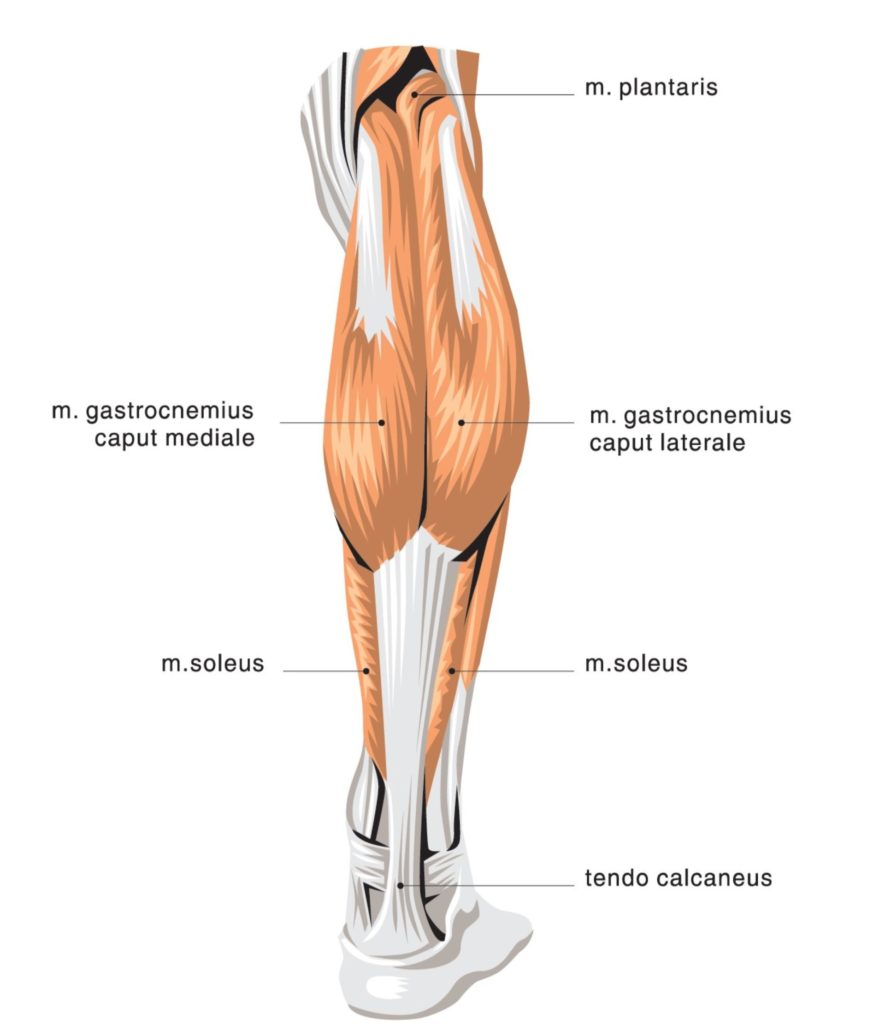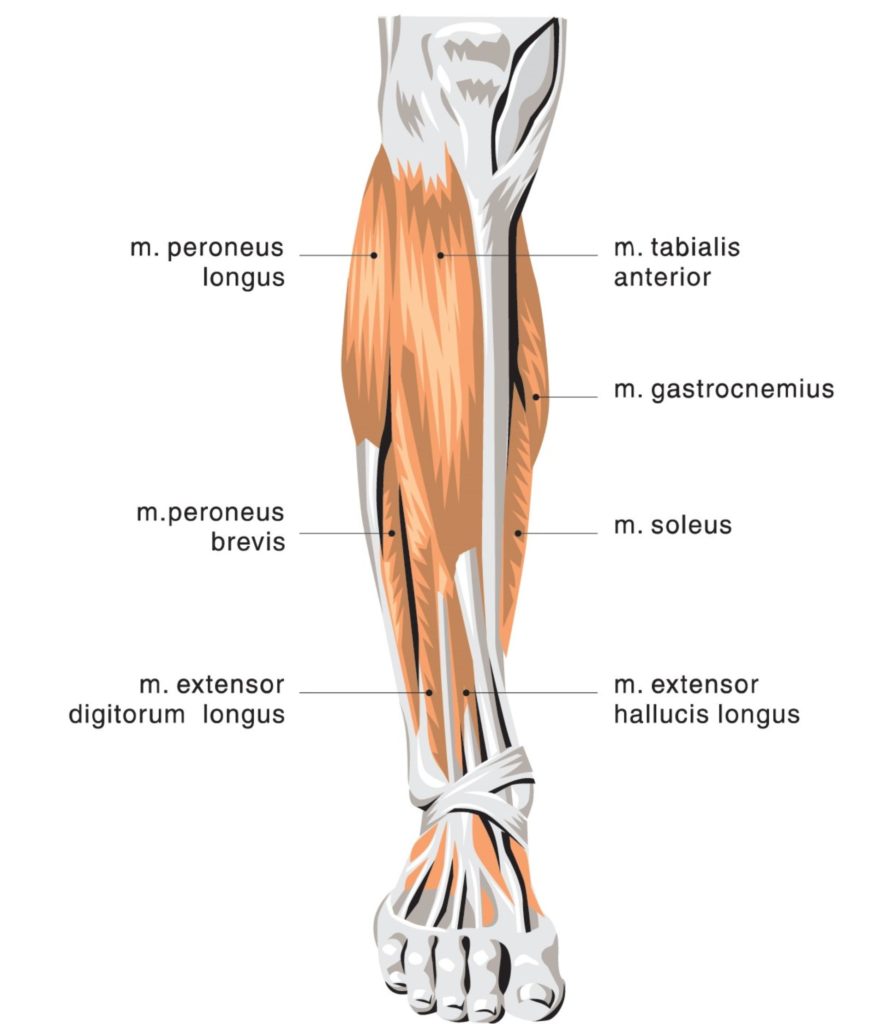Our feet and ankles are our primary source of locomotion. These complex joints are susceptible to muscle imbalances, and other dysfunctions. Pronation distortion syndrome, also known as flat feet is a very common foot and ankle muscle imbalance.
Flat feet are often (but not always) correctable with proper exercise and mobility work, much like other muscle imbalances. Other
What is a muscle imbalance?
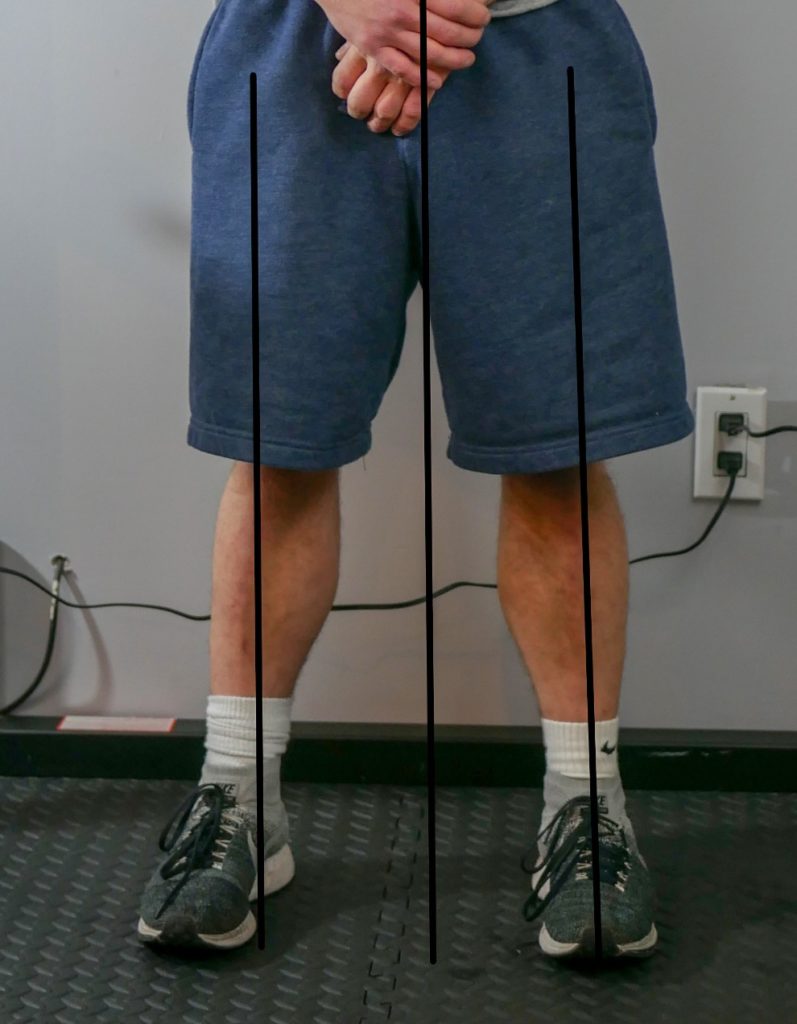
Optimal feet alignment 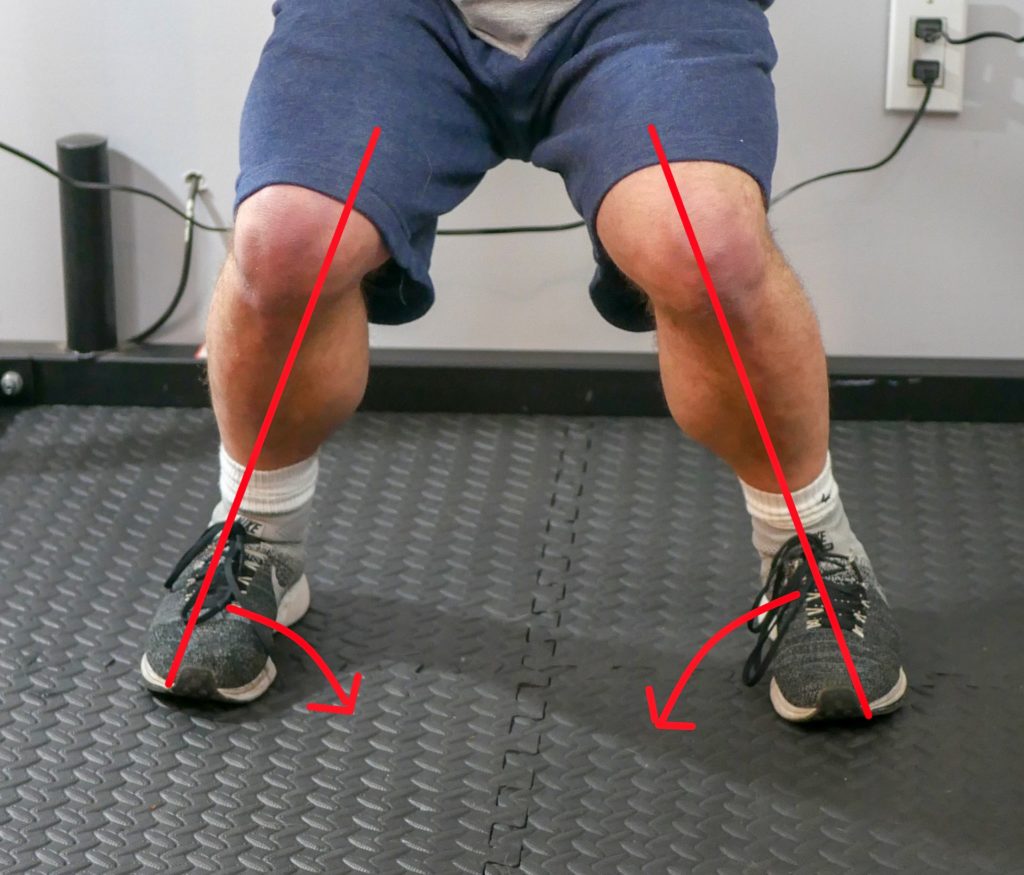
Feet flatten, knees bow in
A muscle imbalance is when the muscles surrounding a joint stop functioning properly. Muscles operate your joints in force couples. A force couple consists of opposite muscles. A good example of a force couple is at the elbow. The biceps control elbow flexion, the triceps perform the opposite motion, elbow extension.
If one of the muscles in a force couple becomes overused and overdeveloped, the opposite tends to become weakened and the force couple will negatively affect joint function.
How does a muscle imbalance happen?
Muscle imbalances occur when we have certain muscles being used or overused and overdeveloped. Conversely, we have muscles that become weakened and require strengthening. This is an oversimplification.
There are many variables that can lead to muscular imbalances, such as over-exercising certain muscle groups, or sitting all day at work, favoring one side over the other, etc.
Our common approach for repairing muscular imbalances involve identifying the muscles that have become dominant, aka overactive, and performing mobility techniques such as foam rolling, and possibly stretching and dynamic stretching (stretching is debated and the mechanism is unclear). Then we identify weakened muscles and strengthen them with exercise.
It Starts in the Feet
Our kinetic chain begins at the feet, and often if we experience issues at the feet, these problems can work their way up into the knees, then the hips, then the lower back, all the way up to the neck! Often, when assessing posture we start at the feet. If we begin to correct imbalances at the feet, we have a much easier time addressing other dysfunctions as well.
It’s essential that we analyze our walking and standing habits at the feet. Improper movement patterns are generally what cause these issues to develop over time. If we constantly walk or stand without feet turned out, or are relying on shoes with high arch support our whole lives, the muscles surrounding our ankles can become weakened, and imbalanced. Just like other imbalances, we will begin to compensate with particular muscles, and other muscles will stop functioning correctly. Shin splints, calf cramps, plantar fasciitis, achilles tendon problems can all occur from imbalances surrounding the foot and ankle complex.
Balance and stability occur at the foot, rapid change in direction during sports or other activities, jumping, running, and coordination can all suffer if dysfunction at the foot exists. By addressing imbalances surround the foot and ankle, all of these facets can be improved upon.
What muscles are involved?
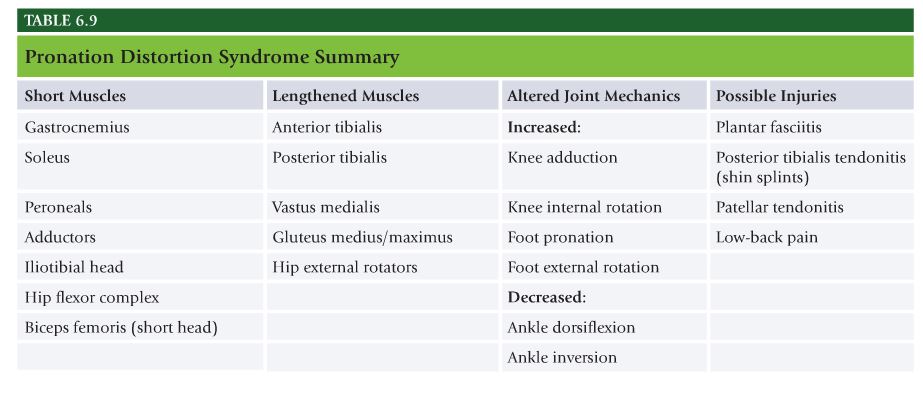
Like all other imbalances, we have muscles that are compensating for weakened muscles. These muscles tend to become overdeveloped and need to be released and possibly stretched. Many of the muscles involved in lower leg dysfunctions share a similar space in your
Its easier to understand the functions of muscles rather than individual muscles. The overactive muscles in pronation distortion syndromes all work to bow the knee in and flatten the feet. The weakened muscles would be everything that performs the opposite function, pushing the knee out and everting the foot.
Overactive muscles in pronation distortion syndrome:
Gastrocnemius, Soleus, Peroneals – These are the muscles that make up your calves, surrounding your shin. Most of these muscles will flatten the feet and plantar flex the foot (point the toes down). These muscles tend to get very overdeveloped in pronation distortion syndrome and directly effect foot position, causing flat
Adductors, Hip Flexor Complex, Bicep Femoris Short Head – These are your inner thigh muscles, hip flexors, and your outer hamstring. These muscles work together to flex and extend the knee and also raise the leg. These particular muscles tend to become overdeveloped in pronation distortion syndromes and bow the knee inward, also called knee valgus.
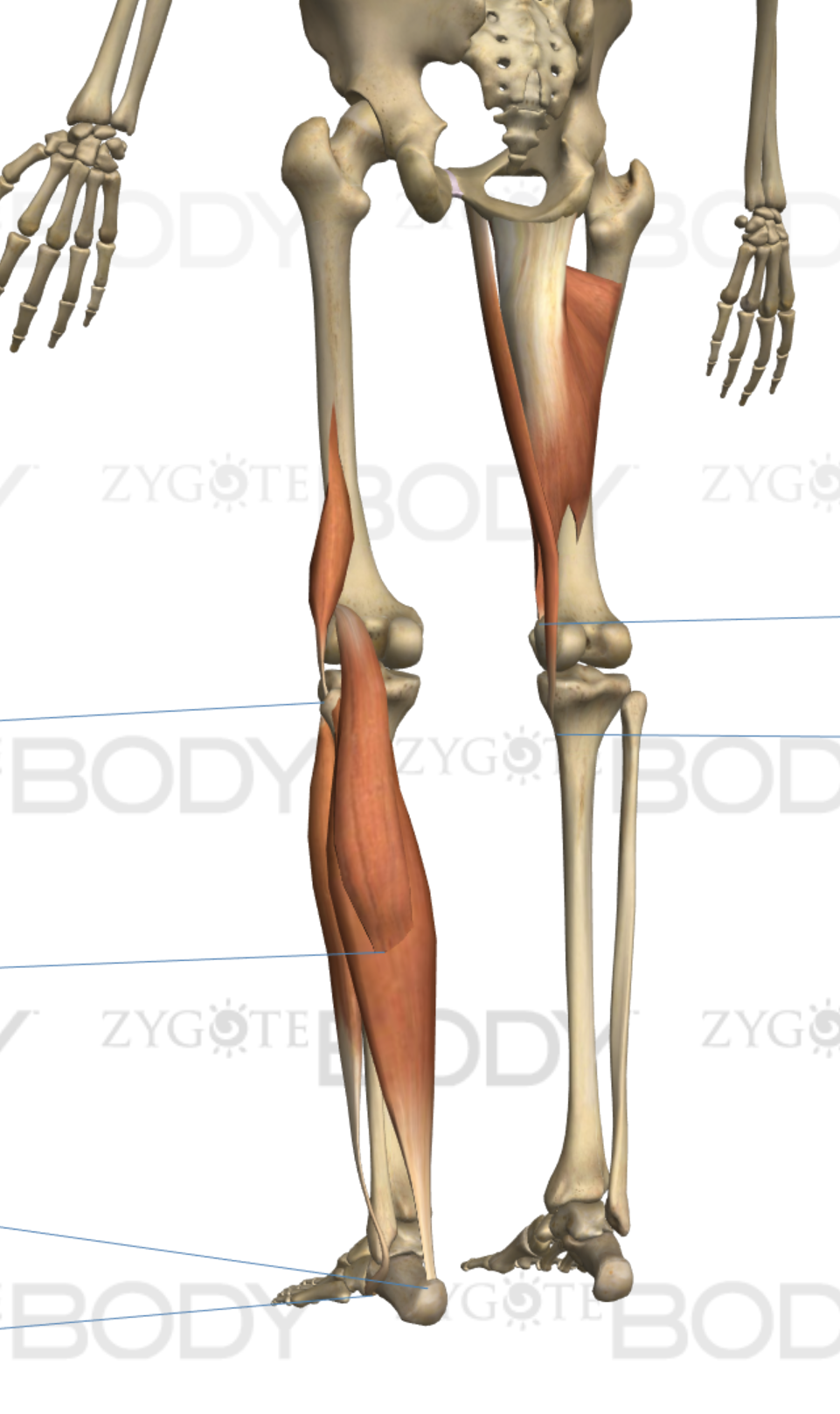
Calves and Adductors 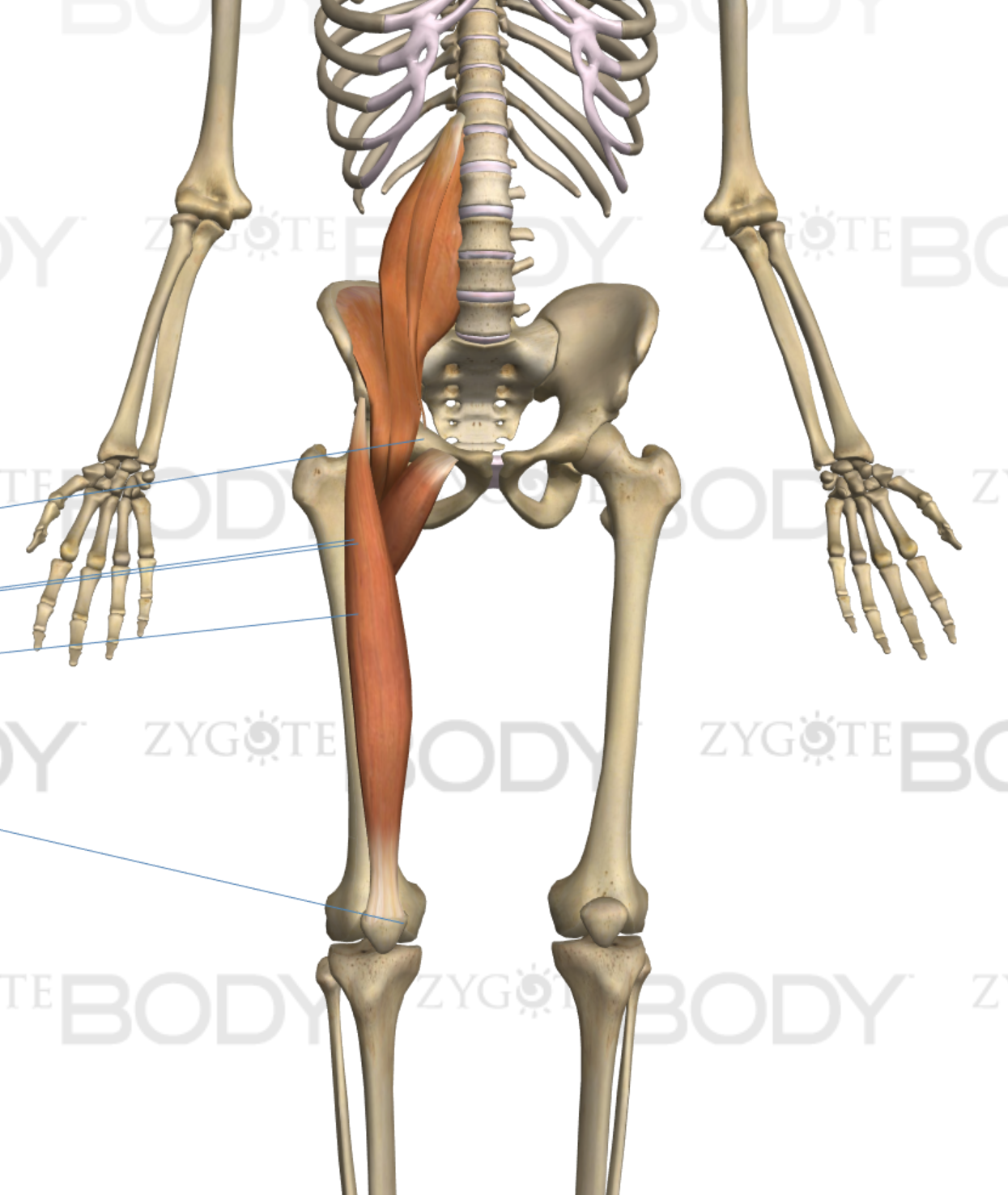
Hip Flexors
Underactive muscles in pronation distortion syndrome:
Pronation distortion syndrome is described as excessive inward knee bow and foot flattening. This dysfunction leaves the opposite functions weak. All of the muscles that pull the knee back out and keep the foot arched are likely weak and require training. The likely weak muscles in pronation distortion syndrom include:
Anterior Tibialis, Posterior Tibialis –These are your shin muscles. They evert the foot and maintain your arches, and dorsiflex the foot (point the toes up).
Vastus Medialis, Gluteus M
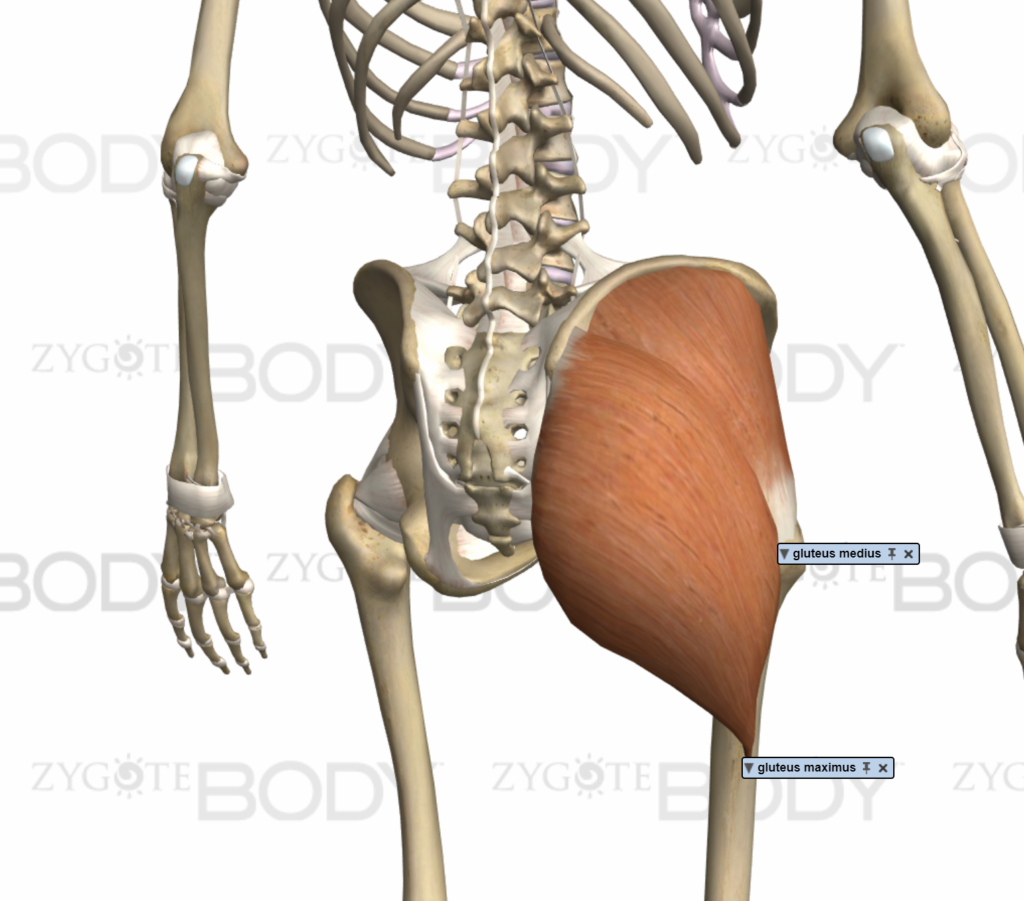
Glutes 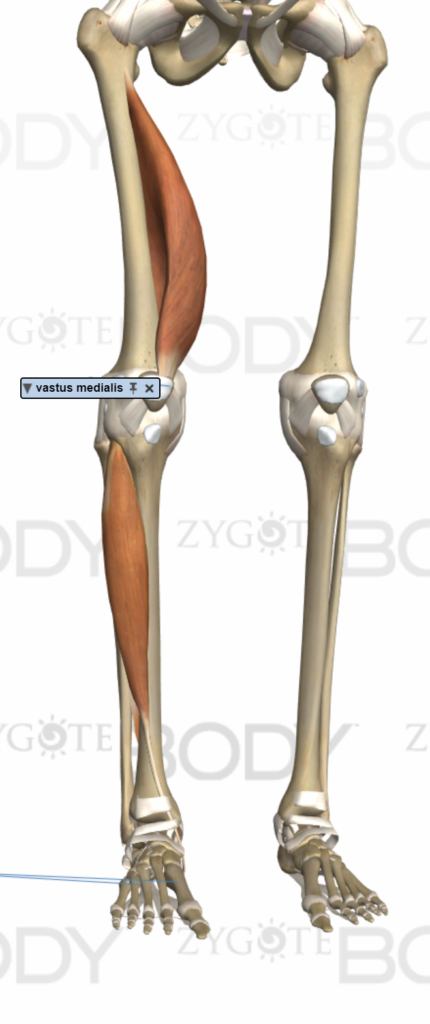
Shin muscles and knee flexor
Do you have it?
Once again, this can get pretty complicated, and I will provide the tools and resources to help steer you on the path to identifying and correcting these problems!
It is important that we utilize proper assessments to determine what imbalances we truly have! Corrective exercises should only be performed if imbalances truly exist!
Now What?
Consult the Pronation Distortion Syndrome Corrective Exercises page for techniques to begin to correct this dysfunction!

